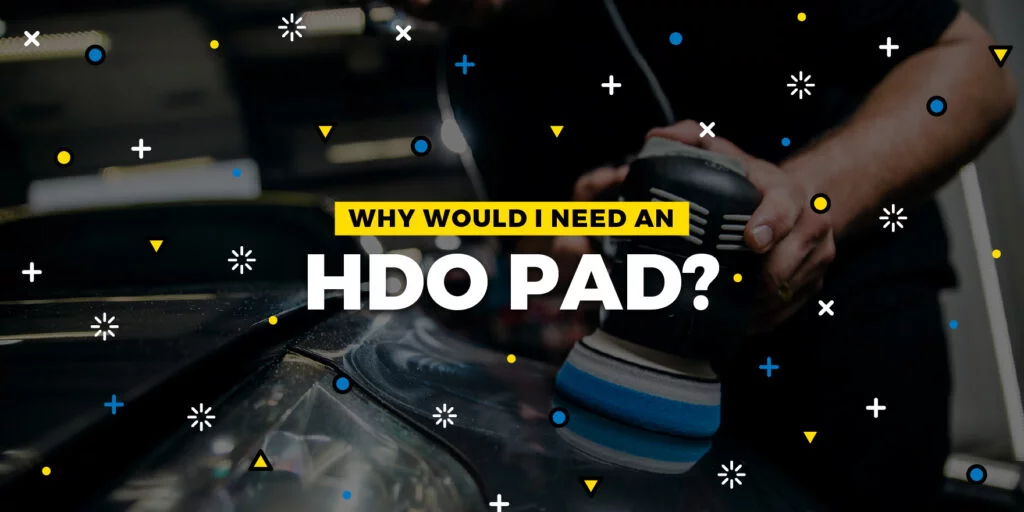
Why Would I Need an HDO Pad?
Written for the IDA Detail Dialogue, Published December 2022 In detailing, we naturally obsess over tiny details – hence the name, I suppose. A smudge, fingerprint, speck, or stain can
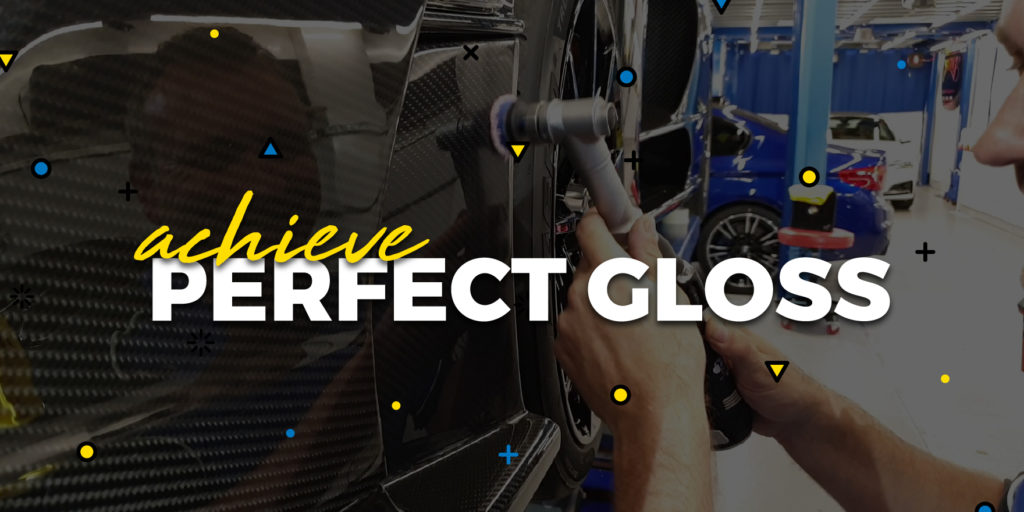
Polishing your car with a machine is a fundamental and enjoyable part of detailing, providing that ‘freshly polished shine’ we all know and love. But to achieve that desired maximum glossy result by polishing a car, meticulous time must be spent. Machine polishing is an abrasive detailing process. Even during the refining and jeweling polishing stages, where we’re happy the swirl marks and other surface defects are gone, we still use abrasion to create a paint finish that appears flawless to the human eye under normal conditions. For most car owners, that’s a totally satisfying result! But for many detailing pros with workshops full of spotlights, there still remains a ‘next level’ of car polishing to reach.
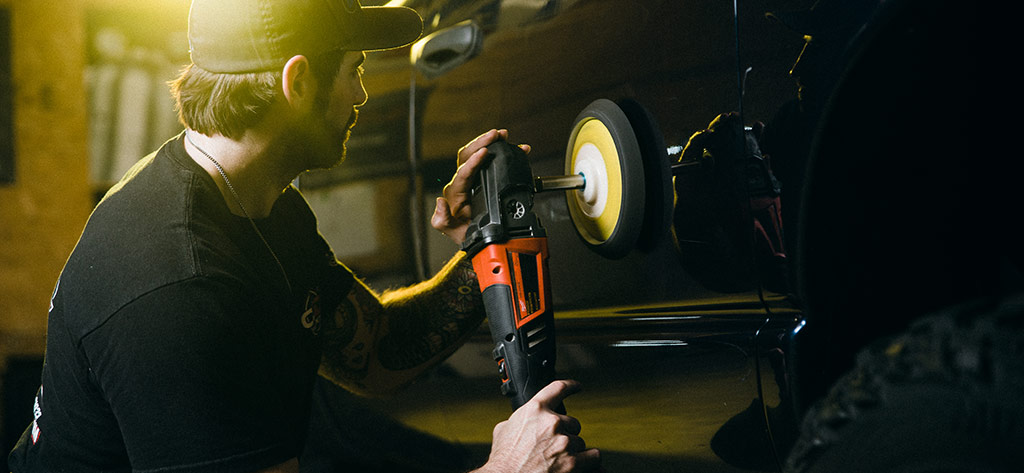
Compared to machine polishing, polishing a car by hand is more time consuming and far less consistent. Every stage of the polishing process involves a finer grade of abrasion. If we inspect machine polishing results up close by using an LED spotlight for reference, we can sometimes reveal a faint haze or a pattern of micro-hazing left by the polisher. The only way to fix these discrepancies is by more polishing; an exhausting task if you were to do it by hand.
Machine polishing a whole car takes anything from a day to a couple of weeks, depending on the size, severity of defects, complexity of shapes and surfaces, and the level of correction being targeted.
Thankfully, the final refining stage, which is sometimes referred to as ‘jeweling,’ is a quick and easy portion of the whole process. With an ultra-fine polishing compound and one of our softest car polishing pads like our HDO/SDO black finishing pad or our red waxing Force pad, you have the potential to reach that perfect shine on your automotive paint with this simple process. Here’s how:
Watch Kelly Harris demonstrate this test in his two most recent videos:
Additionally, there is no need to worry about taking off too much clear coat – this polishing process is so gentle that there’s almost zero material being removed each time, as witnessed in this video.
The answer to this question really depends on the car owner. Polishing a car requires an investment of time and materials, and there’s really no question that the results can be stunning, but how long will they last?
For a quick shine, it’s easy to use the many available products, such as glazes, waxes, and sealants that add natural or synthetic oils and silicone to the paint surface for an artificial gloss. In doing so, you merely polish with your wax, your applicator pad, a microfiber cloth for buffing, and stand back afterwards to observe a huge improvement in gloss!
There’s just one little problem: it’s fake! Kelly Harris refers to it as automotive ‘make-up’ because you get a temporary visual improvement that is not designed to last.
Traditional waxes and sealants have two functions – to improve and protect the look and integrity of the finish. But unlike modern ceramic coatings, they are sacrificial surface coverings, designed to be replaced on a fairly regular basis.
From the first car wash that follows using traditional waxes and sealants, you will likely notice that the luster is already fading. Chemicals in cleaners and even just a short amount of environmental exposure can begin to break down these surface products, leaving the ‘true’ paint surface – and all its flaws – revealed.
When you machine polish a car instead, we are creating a glossy surface which is free from fine scratches, swirls, and imperfections. This means that rather than relying on wax and sealant products to artificially fill in all the finish flaws, the clear coat is genuinely glossy and reflective. Using an extremely precise gloss meter, it’s actually possible to demonstrate that
perfectly polished paint can become less glossy when you add a wax, because the wax is ever so slightly translucent.
So how long the polishing lasts depends almost entirely on how you use, and care for, the vehicle following the polishing work.
With such incredible efficiency and versatility, it’s no wonder why some retailers are reporting that a third of all buffing and polishing pads they sell are microfiber! Lake Country Manufacturing pads are among the most popular available today, leading the way with a choice of design styles, class-leading durability, and a high-quality fiber construction tested and benchmarked to perform better than our rivals.
Don’t miss out on any new developments coming from our team here at Lake Country Manufacturing! Keep a close eye on our social media as upcoming videos and posts further demonstrate the benefits of the microfiber phenomenon and more!
After perfectly polishing your paint, you still need to add some protection to the paint’s surface. Traditional vehicle waxes and sealants are coming up against increasing competition from ceramic coatings, which can be tricky to apply as seen in this video featuring both a good and bad example, a variety of simple ‘spray on / buff off’ sealants, and even ‘spray on / rinse off’ hydrophobic coatings.
Choosing which works best for you means factoring in the ease of use and durability of your chosen product. Some spray sealants now offer protection for several months but require a little more work to thoroughly buff to a streak-free finish, whereas there are rinse-off coatings that take no effort at all that likely don’t last as long.
Waxing a car the ‘old way’ is still a popular choice, as it can be a relaxing, therapeutic experience for a car enthusiast. However, it can bring with it a greater chance that your applicator pad or buffing cloth picks up some fine environmental contamination and introduces new fine swirls to your paint surface.
This makes it vital for you to consider your working conditions. A sandy driveway with a fresh breeze might not be the most conducive environment to successfully wax your vehicle.
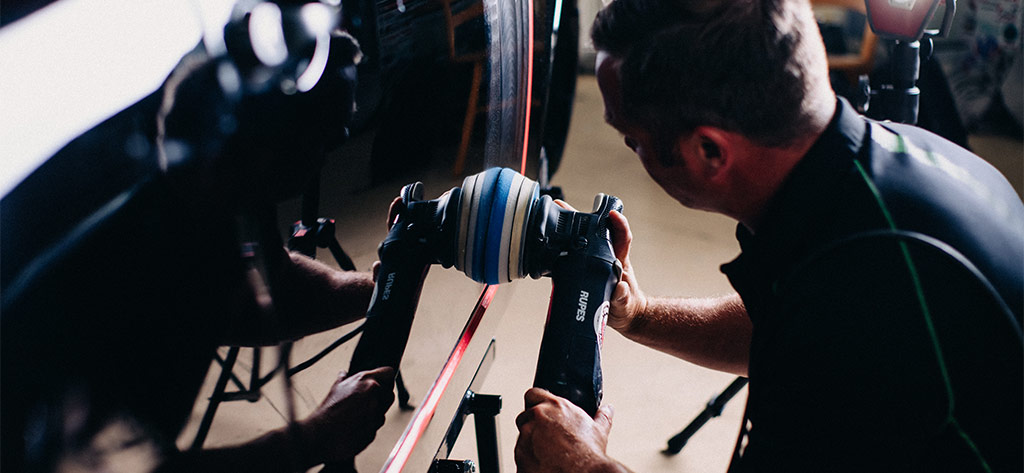
Believe it or not, washing a car is one of the best ways to make it look worse – if you don’t take the right approach. If you’re still picking up a sponge, chamois leather, and a drying blade, there’s going to be trouble!
This is because old-fashioned methods can do more harm than good. Modern automotive paint is less resistant to fine scratches and other marks than it was a generation ago. Even microscopic dirt and grit particles can aggressively re-inflict the swirls and dullness you have machine polished away when you scrub them in with a sponge or drag them around the surface of the entire car with rough leather or towels.
Good wash technique helps you to clean and maintain your shine without undoing your hard work. Here are some key pointers for safely washing a car that will help you to preserve your polishing results:
So how long your polish lasts depends on your level of considerate aftercare. With meticulous attention to detail, the perfect gloss you achieve using Lake Country polishing pads will be there for you, your friends, neighbors, and Instagram followers to enjoy for years to come!
Happy polishing!

Written for the IDA Detail Dialogue, Published December 2022 In detailing, we naturally obsess over tiny details – hence the name, I suppose. A smudge, fingerprint, speck, or stain can
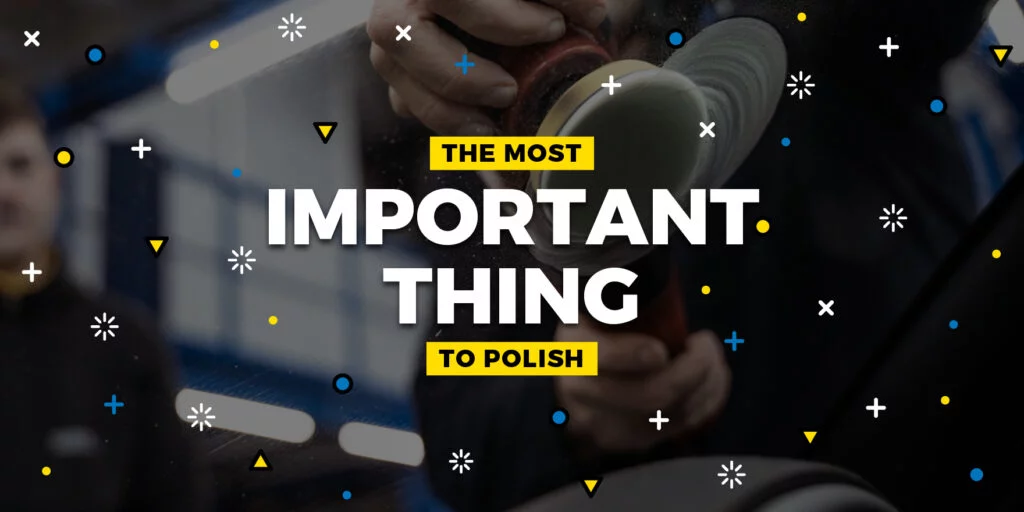
Polishing glass ranks as one of the most overlooked detailing skills and services. Aside from being aesthetically pleasing to have pure transparent glass, it’s incredibly important–literally a matter of life

I don’t really talk much about it these days but my experience working with / around cars goes back a looooooong way, and actually included organizing car shows. I would

Written for the IDA Detail Dialogue, Published December 2022 In detailing, we naturally obsess over tiny details – hence the name, I suppose. A smudge, fingerprint, speck, or stain can

Polishing glass ranks as one of the most overlooked detailing skills and services. Aside from being aesthetically pleasing to have pure transparent glass, it’s incredibly important–literally a matter of life
950 Blue Ribbon Cir N
Oconomowoc, WI 53066
#lakecountrymfg
Select Your Language